
Building a medieval castle was a serious business. The construction site would be a hive of activity: thousands of workers would swarm over the structure, with stonemasons adding to half-finished walls, as a horde of carpenters scraped and sawed fresh timbers into roof beams or fashioned new tools. And the master mason - an architect, building expert and project manager rolled into one would stride through the scene, making sure the castle was growing according to his exacting specifications.
The castle-building craze had first reached England in 1066, when William the Conqueror claimed the country for his own. The Normans - finding themselves in a hostile land - hastily built motte and bailey castles (comprising a large mound of earth topped by a tower, alongside a shallower enclosure for other buildings). England's rich forests provided a steady - and cheap - supply of timber for these structures, and a crew of carpenters could hammer a tower together in a relatively short timeframe. However, these wooden structures had a clear drawback: they were vulnerable to fire. And, if they weren't being besieged by angry Saxons, mother nature would also sink her teeth into the structures, rotting the wooden timbers.
So if wood was unsuitable for building castles, what could replace it? The answer was stone. It was impervious to the elements and would last for centuries, making it the ideal material for building defensible structures.
This was crucial, as castles weren't simply lavish homes for nobles - they needed to withstand attacks, too. With this in mind, building materials weren't the only important factor: location was also key. Strategic positions that had natural defences, such as a major river, were prized - or else sites that controlled a communication route, like a bridge or a pass.
This story is from the {{IssueName}} edition of {{MagazineName}}.
Start your 7-day Magzter GOLD free trial to access thousands of curated premium stories, and 9,000+ magazines and newspapers.
Already a subscriber ? Sign In
This story is from the {{IssueName}} edition of {{MagazineName}}.
Start your 7-day Magzter GOLD free trial to access thousands of curated premium stories, and 9,000+ magazines and newspapers.
Already a subscriber? Sign In

'Dickens's evocation of the fears, excitement and confusion of childhood is peerless'
DR LEE JACKSON ON WHY CHARLES DICKENS REMAINS RELEVANT TODAY
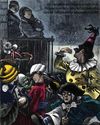
THE AUTHOR GOES ABROAD
Dickens expanded his horizons and boosted his fan-base by venturing overseas - but global fame came with a cost
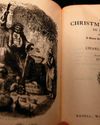
REVIVING THE FESTIVE SPIRIT
A Christmas Carol wasn't just a bestseller - it changed the way that Britons chose to mark the festive season

GIVING THE POOR A VOICE
From Hard Times to Oliver Twist, Charles Dickens used his pen to help illuminate the lives of the less fortunate
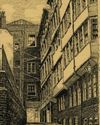
A JOURNEY THROUGH DICKENS'S LONDON
The works of Charles Dickens are synonymous with visions of Victorian London. We talk to Dr Lee Jackson about the author's love of the capital, and the locations that most inspired him
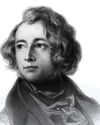
EXCEEDING EXPECTATIONS
Dr Lee Jackson chronicles Charles Dickens's journey from down-at-luck teenager to titan of Victorian literature

GIFTS, TREES & FEASTING
We take a journey through the photo archives to reveal how Christmas and its many traditions have been celebrated over the years - and around the world
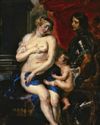
WHAT GREAT PAINTINGS SAY
We explore the story behind an allegorical painting that celebrates the triumph of love over hate, peace over war
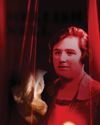
HELLISH NELL
Malcolm Gaskill delves into the life of Helen Duncan - the fraudulent Scottish medium whose ectoplasm-filled seances saw her ending up on the wrong side of the law

7 THINGS YOU (PROBABLY) DIDN'T KNOW ABOUT THE WHITE HOUSE
Presidential historian Dr Lindsay M Chervinsky reveals some of the most surprising facts about the world-famous US residence